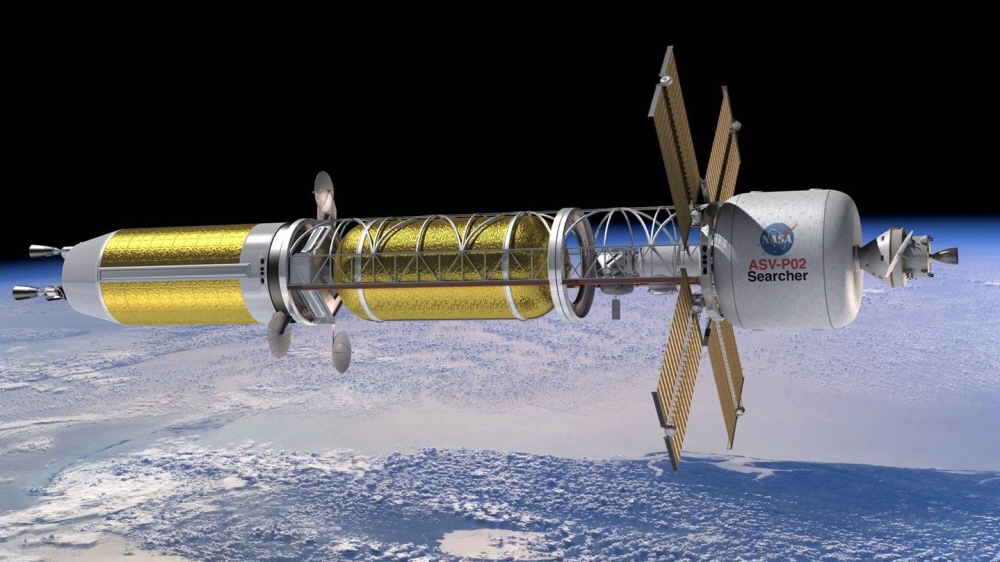
The Pentagon DIU has begun a bid to develop a small nuclear engine for Earth orbiting space missions with mature commercial technology that could provide power and propulsion in the near future. The requirement is a lightweight, long-lasting power source that can be propulsive for small and medium-sized spacecraft and can provide power for sensing and communications.
DIU said that solar-electric propulsion systems are not suitable for missions beyond Earth orbit and are intended for use in modern commercial spacecraft. To achieve the new space missions envisaged by the Department of Defense, advanced propulsion technology is needed that can propel a constant payload at high speed while maintaining fuel efficiency.
The bid deadline is September 23, and DIU will sign a contract with a selected company for laboratory-based prototype testing between 60 and 90 days. Therefore, bids must show reliable manufacturing, regulatory licensing timelines and plans for continuous flight-based testing for prototype development within three to five years.
In addition, since this bid is for the development of a propulsion system that handles nuclear power, DIU is demanding safety by paying close attention to the need to minimize the radiation exposure of ground workers and the radiation exposure of surrounding electronic components when mounted on a spacecraft.
NASA and the Advanced Research Projects Agency (DARPA) are currently investing money to develop propulsion and power using nuclear fission, including nuclear thermal propulsion technology. But DIU’s aim is not to duplicate this, but to support government projects with mature commercial technologies that can provide power and momentum.
The bid did not specifically disclose what kind of spacecraft it is expected to be installed on. However, it is said that it is small or medium-sized, so it can include satellites and observation equipment located at some distance from Earth rather than a manned mission to Mars. Related information can be found here.


















Add comment